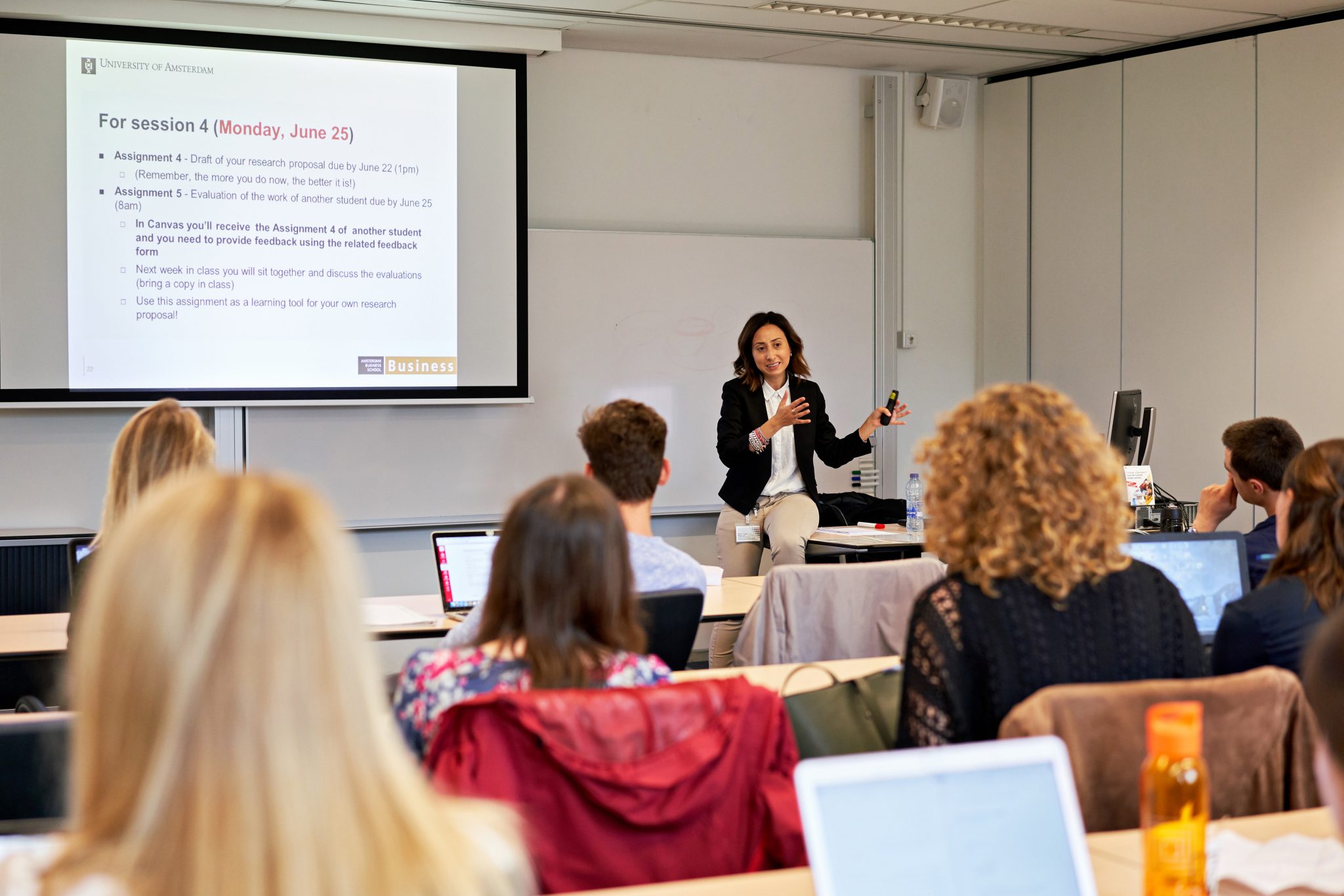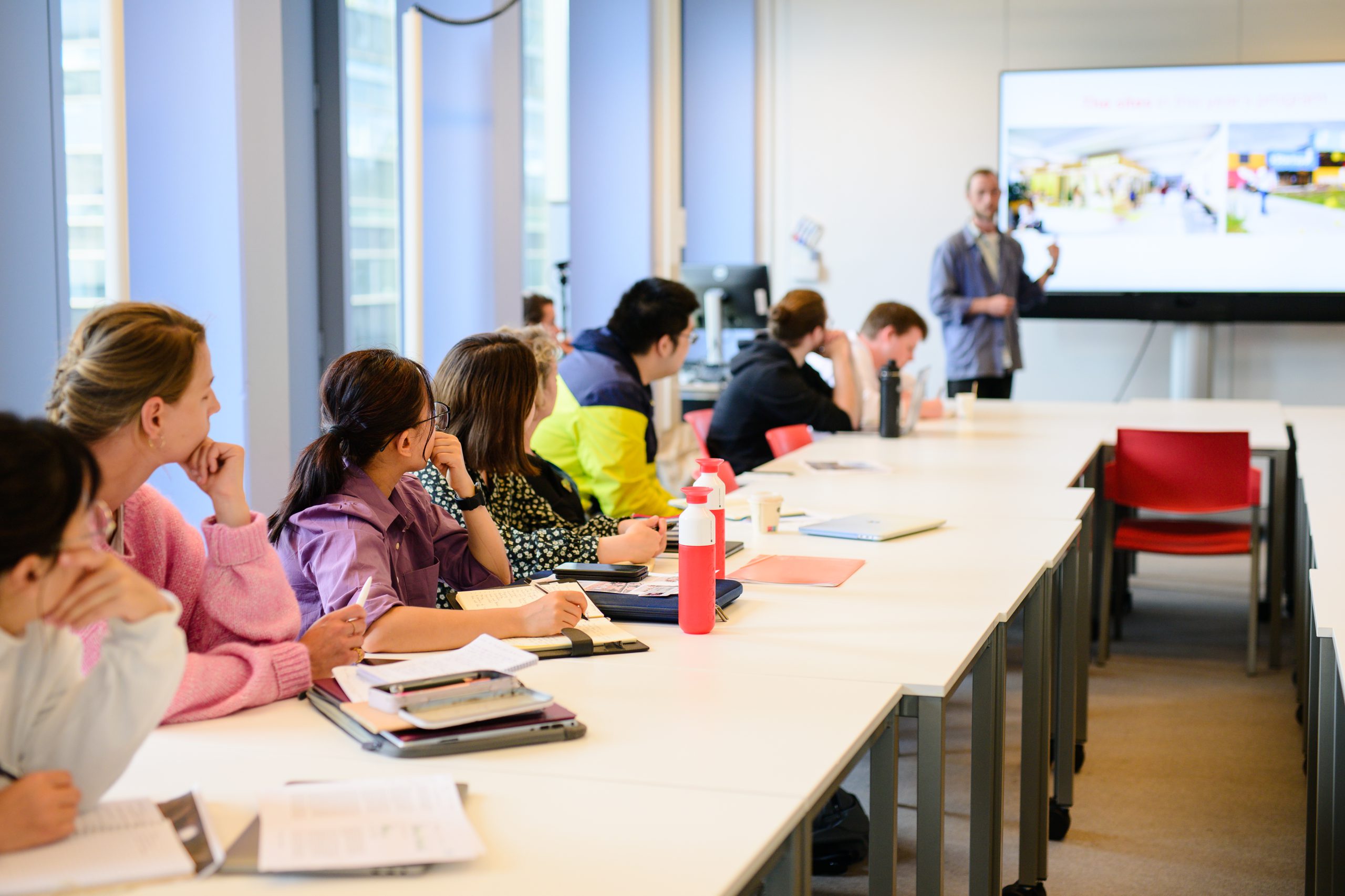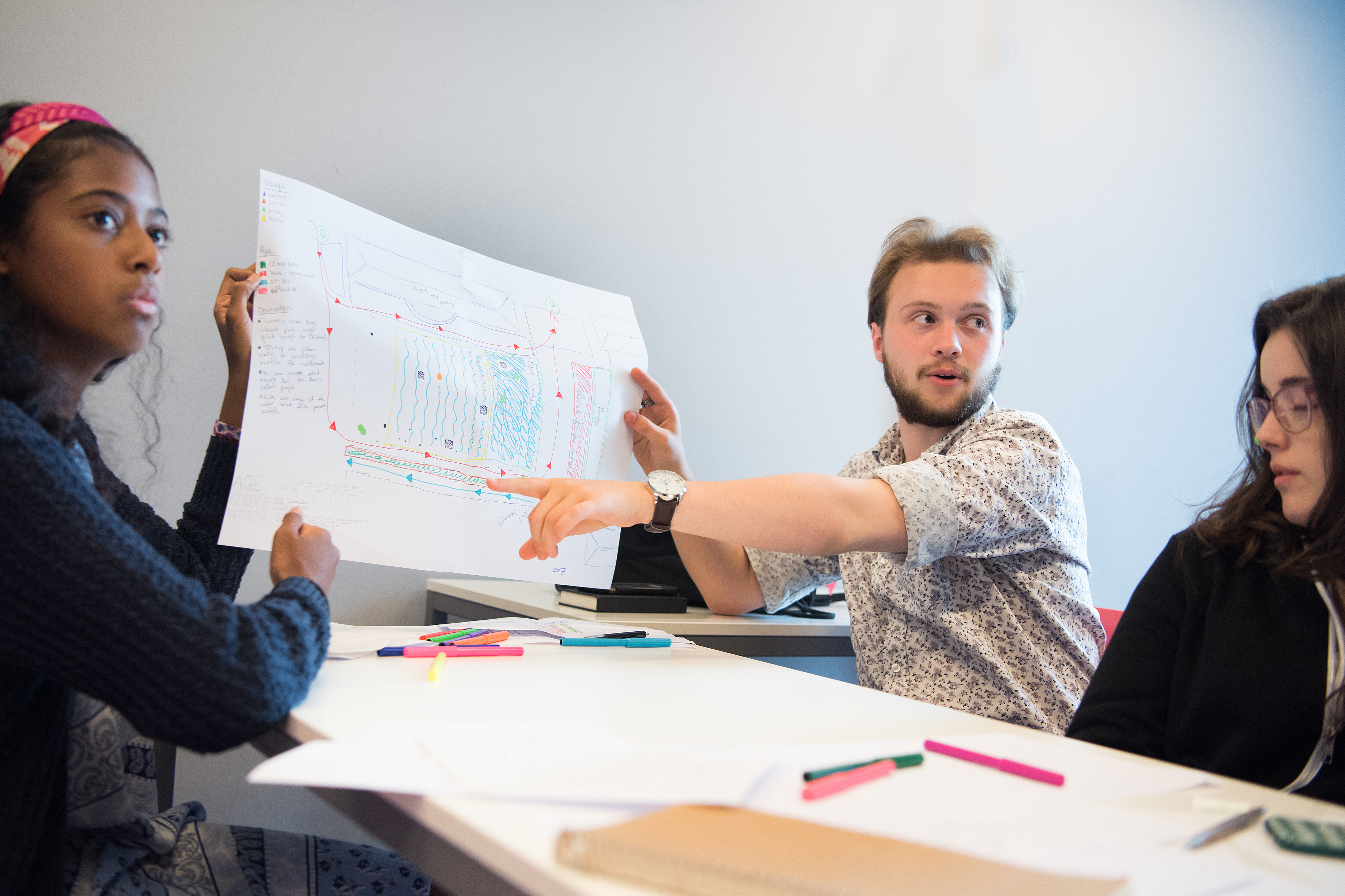
Tips to create a safe learning environment
Clashing opinions, cultural differences, prejudice and exclusion, silenced views, or uncomfortable actions (Ramdas, Slootman, & Van Oudenhoven-Van Der Zee 2019): these are common in higher education. Sadly, not everyone feels equally free to speak, and views can hurt another: rather than an egalitarian safe space, tutorials or lectures reflect social inequalities (Harlap 2013). In this educational context, it is the lecturer’s responsibility to provide a safe learning environment where there is room for dissent and opposing personal opinions, and where intellectual discomfort is actually seen as a valuable learning opportunity.
This article offers tips on how to have a respectful conversation about a sensitive topic and how to maintain a safe learning environment (Warren 2006).
TLC in your faculty
We recommend contacting the Teaching & Learning Centre in your faculty for questions and help with your teaching situation.
Teacher Guideline
The UvA TLC network has also made a guideline available for UvA teachers. This guideline is compiled in collaboration with the VU Centre of Teaching & Learning.
Download Teacher Guideline (pdf) (login via medewerker.uva.nl)
Tips in short
Take time to compose yourself: students often adopt a teacher’s attitude, which also allows them to take a break and catch their breath. Students can often express themselves better when you, the teacher, are in control of the situation.
Recognise when emotions escalate and become overwhelming and, if necessary, adjust the pace or intensity of the activity. For example, apply the “five-minute rule”, allowing each student to express their opinions in a respectful way, or offer a short break for students to write down thoughts and reflect on their emotions so that they can regulate their feelings.
Even when a comment seems like a personal attack, it is usually not directed at you as a person but rather at you as a teacher in an authority position. By sepperating the personal and professional in mind, you can also better understand a student’s position: students often speak from a specific socio-economic position. Ask yourself, “what is the sub-text of this opinion? What is the student really saying, why is this playing out at all and why exactly now?”
From the start, set clear rules with your students on how to conduct discussions. Encourage students to participate in setting these rules to foster a sense of ownership and responsibility. Also encourage students to take responsibility for their own decisions about sharing personal experiences and respect their individual level of comfort.
In any case, do not allow personal attacks, and maintain boundaries: if necessary, refer to the UvA code of conduct, and make it clear that there is no room for racist, sexist, or oppressive insults; avoid generalisations. Establish agreements that facilitate open discussion: be open to all points of view and ask students to argue their point clearly.
Making clear agreements also ensures clarity around issues that are not negotiable: comments and behaviour that are unacceptable according to the code of conduct certainly do not require extensive discussion. Acknowledging the topic within the learning environment and a possible referral (to your own consultation hour/moment after class, and/or to the social safety advisor if necessary) suffices in this case.
If the topic does lend itself to a fruitful discussion, as a teacher you can choose to postpone the discussion to a later moment. In that case, emphasise the importance of the topic and of discussing it at length: this way, students feel that difficult subjects are open to discussion and that certain points of view and sensitivities do not go unnoticed.
Know your own prejudices and sensitivities. Active introspection makes you less likely to face surprises as a teacher: it is a good preparation for the unexpected because you can also adjust your own reactions and strategy accordingly.
Be an example and embody the behaviour and attitude you expect from your students. Treat all students with respect, fairness and kindness, and value their different backgrounds, individual strengths and contributions. Ensure the safety and well-being of all students by addressing any form of harassment or discrimination immediately and decisively. In doing so, refer back to previously agreed rules and boundaries.
Ask students to listen to all perspectives, ask questions, and then repeat and substantiate the perspective. Discourage interruptions. This exercise can turn the most difficult moments into important learning moments.
Rather than an egalitarian safe space, teaching situations also reflect social inequalities (Harlap 2013). However, it is the teacher’s responsibility to provide a safe learning environment where there is room for dissent and opposing views, and where intellectual discomfort is actually seen as a valuable learning opportunity.
Ask students to write about the topic during or after the teaching situation. This can provide a moment of rest and reflection after which you can open the discussion on the topic. You can ask them to research the topic and ask for a more elaborate essay or develop an assignment around taking opposing perspectives.
Encourage students to reflect on the impact of the experience on themselves and on the group, especially if students have been the focus of a discussion. Offer the opportunity for further discussion or support if needed.
If you think the emotional intensity or well-being of students is beyond your expertise, do not hesitate to seek advice from a student counsellor, a student psychologist or the appropriate support services at your institution.
See information on student advisors here (via student.uva.nl)
See information on student psychologists here (via student.uva.nl)
Feeling unsafe?
Via +31 (0)20 525 22 22, anyone who does not feel safe on campus at any time can call UvA security.We advise everyone to add this emergency number to the contacts list in their mobile phone. That way, you can call it immediately when you need help.
Also see
Statement from the UvA Executive Board about the conflict between Israel and the Palestinian territories.
Via uva.nl
Content Notes
In this article, the TLC-FGw describes how content notes can be used appropriately at the Faculty of Humanities.
Do’s & Don’ts (via TerInfo van UU)
TerInfo is a project of Utrecht University, founded by history professor Beatrice de Graaf, to help discuss terrorism, political violence and violent events in society.
Via uu.nl










